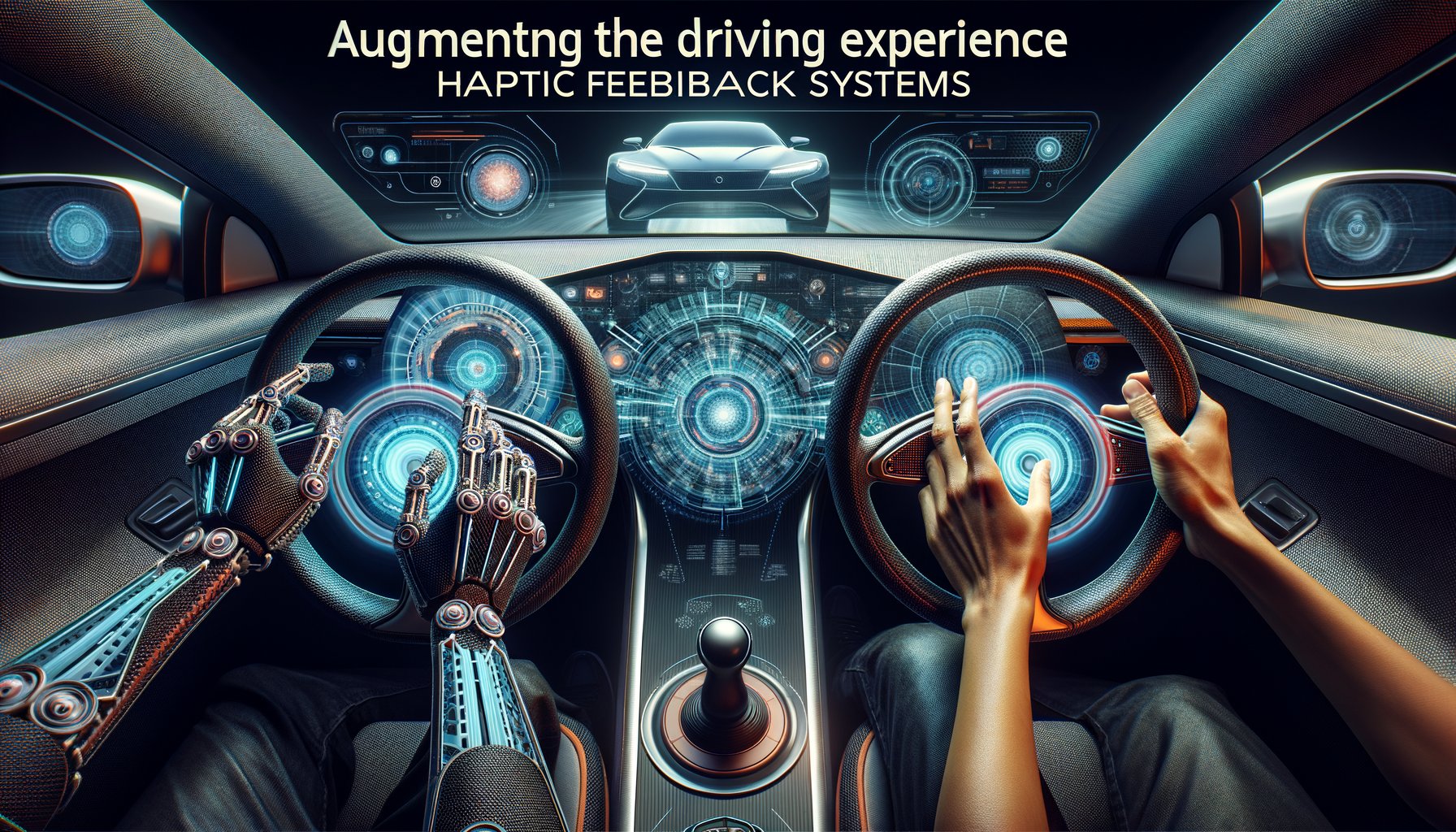Physical Address
304 North Cardinal St.
Dorchester Center, MA 02124
Physical Address
304 North Cardinal St.
Dorchester Center, MA 02124

As we continue to traverse the thrilling frontier of automotive technology, one innovation that’s been gaining significant traction is haptic feedback. This cutting-edge feature has the potential to revolutionise how we interact with our vehicles, promising a safer and more immersive driving experience.
Haptic feedback, derived from the Greek term ‘haptikos’ meaning ‘able to touch’, involves creating an experience of touch by applying forces or vibrations to the user. In essence, it allows you to feel what you can’t see. It’s not a new concept per se; video game controllers have been using this technology for years, providing tangible responses corresponding to on-screen actions.
In the context of automobiles, haptic feedback systems are being integrated into various facets of vehicle operation – from steering wheels and pedals to infotainment interfaces – enhancing driver awareness and interaction.
One of the primary applications of haptic technology in cars is improving safety. With distractions becoming increasingly prevalent on today’s roads, haptic feedback can serve as an effective tool for alerting drivers about potential hazards without relying solely on visual or auditory cues.
For instance, if your car detects another vehicle in your blind spot while you’re attempting to change lanes, your steering wheel might vibrate – a tactile warning that’s hard to ignore. Similarly, some cars use pedal vibration or seat vibration for alerts related to speed limits or collision warnings.
Beyond safety applications, haptic feedback is also reshaping how drivers interact with their vehicle’s interface. Touchscreen displays are becoming standard features in modern cars; however, they pose a challenge as they require drivers to look away from the road to operate them accurately.
Haptic technology addresses this issue by providing tactile feedback when a function is selected, mimicking the sensation of pressing a physical button. This allows drivers to use touch-based controls without needing to divert their eyes from the road, thereby reducing distraction.
Another exciting area where haptic feedback is making its mark is in enhancing driving dynamics. A number of high-end cars now feature adaptive steering systems that utilise haptic feedback to simulate different driving conditions and adjust steering effort according to speed and driving mode.
For example, at lower speeds or in tight parking situations, these systems can make the steering wheel feel lighter for easier manoeuvring. Conversely, at higher speeds or in sportier driving modes, they can increase steering effort for greater control and responsiveness.
While current applications of haptic feedback have already begun to transform our driving experience, there’s much more on the horizon. As autonomous vehicles become more prevalent, haptic technology will likely play a crucial role in facilitating communication between human drivers and their self-driving counterparts.
In addition, with advancements such as ultrahaptics – which uses ultrasound waves to create tactile sensations in mid-air – we could see even more innovative ways for drivers to interact with their vehicles without touching any physical interface.
The integration of haptic feedback into automotive design represents an exciting convergence of technology and user experience. By augmenting our sensory perception behind the wheel, it not only enhances safety but also enriches our interaction with our vehicles’ features and capabilities. As we continue down the road of automotive innovation, it’s clear that haptic feedback will play a significant role in shaping the future of driving.